Clothing colors looked a lot different in the Victorian era. For women, for instance, a “little black dress” would have referred to a no-frills mourning gown. Strict rules, some unspoken and some quite explicit, governed what colors went together, and in what ways. Over the next few months, I will be taking a look at different colors in the Victorian era and how they showed up in women’s clothing. Today, I start things off with pink.
While I don’t wear too much pink (a quick look at my closet just down revealed only four different articles of pink clothing), it is one of my favorite colors to decorate with. In fact, just yesterday a new pink bedspread arrived at my home to freshen up my bedroom. What about the Victorians?
Let’s take a look!
Pink: Are you the right age?
Pink was considered to be a great color for young women, likely referring to the unmarried. Reads The Art of Dressing Well, published in 1870:
“Pink, as was said before, is only fitted for the young. It is a charming color, and those to whom it is suited look very graceful in it. The pale, sickly, and those of an olive hue, had better avoid it.”
I have also read that it was considered an appropriate color for elderly women, though I had a hard time finding sources or examples…
When The Art of Dressing Well and other fashion authorities of the time mention color as an appropriate color for younger women, they are referring to an entire dress or gown, not as an accent or for accessories as we will see. It was considered particularly lovely for formal wear:
“Pink is suitable only for very young ladies. Looks best alone, or with pure white. Is effective with narrow lines of black, or black lace. A good color for evening wear, as it lights up well in artificial light; bears silver trimming well.” The Art of Dressing Well, 1870
An 1862 edition of Littell’s Living Age echoed the sentiment about pink and candlelight:
“Pink has much the same effect upon the pale by daylight, but, like blue, is often becoming by candlelight.”
What do you think of these pink Victorian ballgowns?
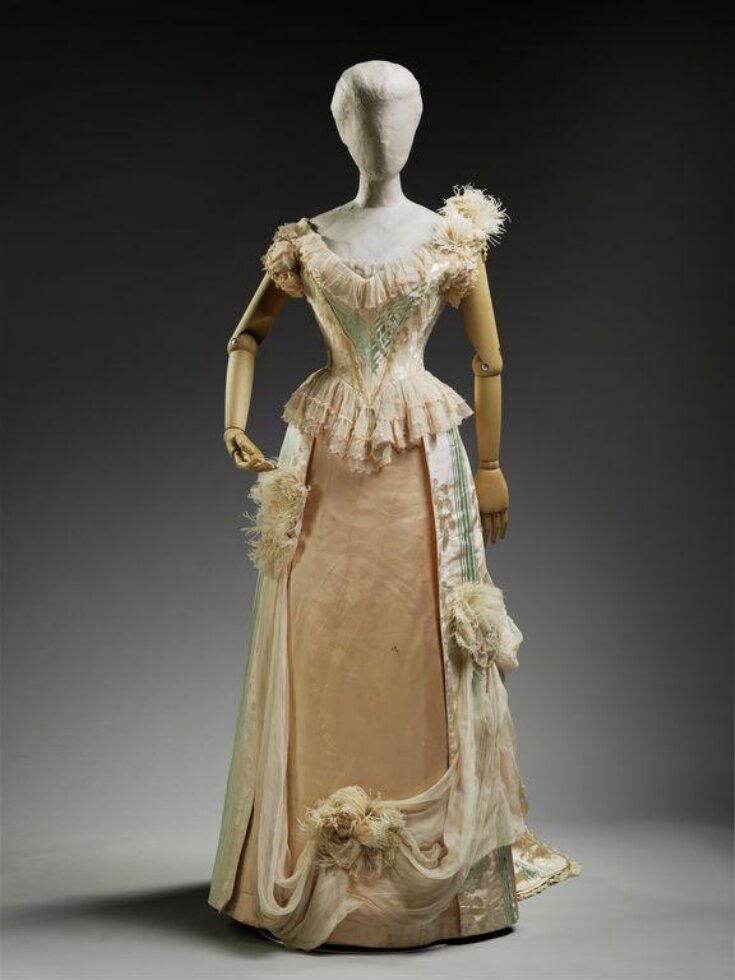
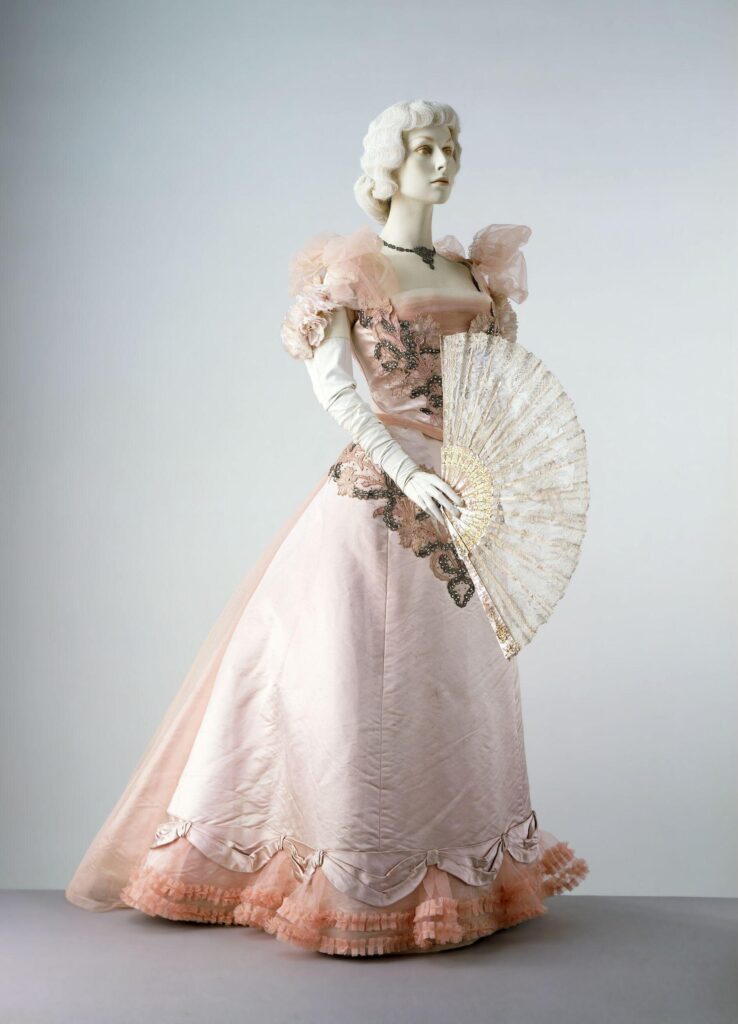
“Looks best alone”
While of course there are exceptions to the rule, for the most part, Victorians believed that when using pink fabrics, they should be complemented by other pink fabrics.
The comment made by S.A. Frost in The Art of Dressing Well about pink being best alone was an opinion I saw repeated in other sources and also what I found to be the case as I looked for dresses in pink. Says the same edition of Littell’s Living Age:
“Light, therefore, being so essential to color, the light shades are best for evening wear, and of those most used, the warm hues, maise and pink, are more effective when uncombined with other colors.”
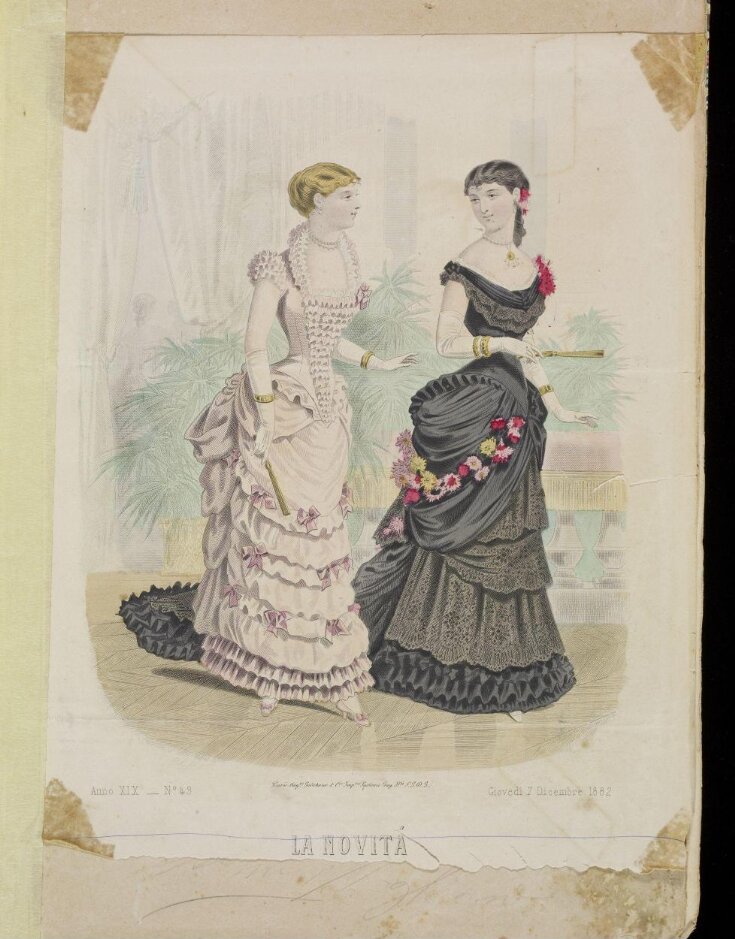
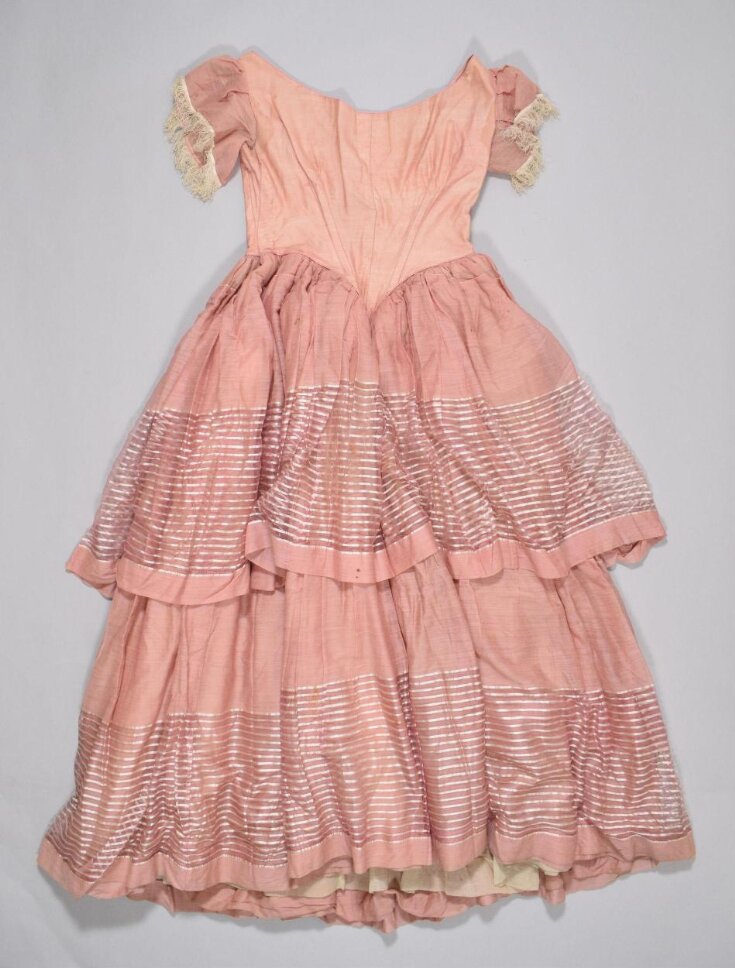
When worn in public pink in the Victorian era was considered to be a young woman’s color, but wrappers and lingerie, worn at home or seen by few eyes, were made in pink and appropriate for women of all ages.
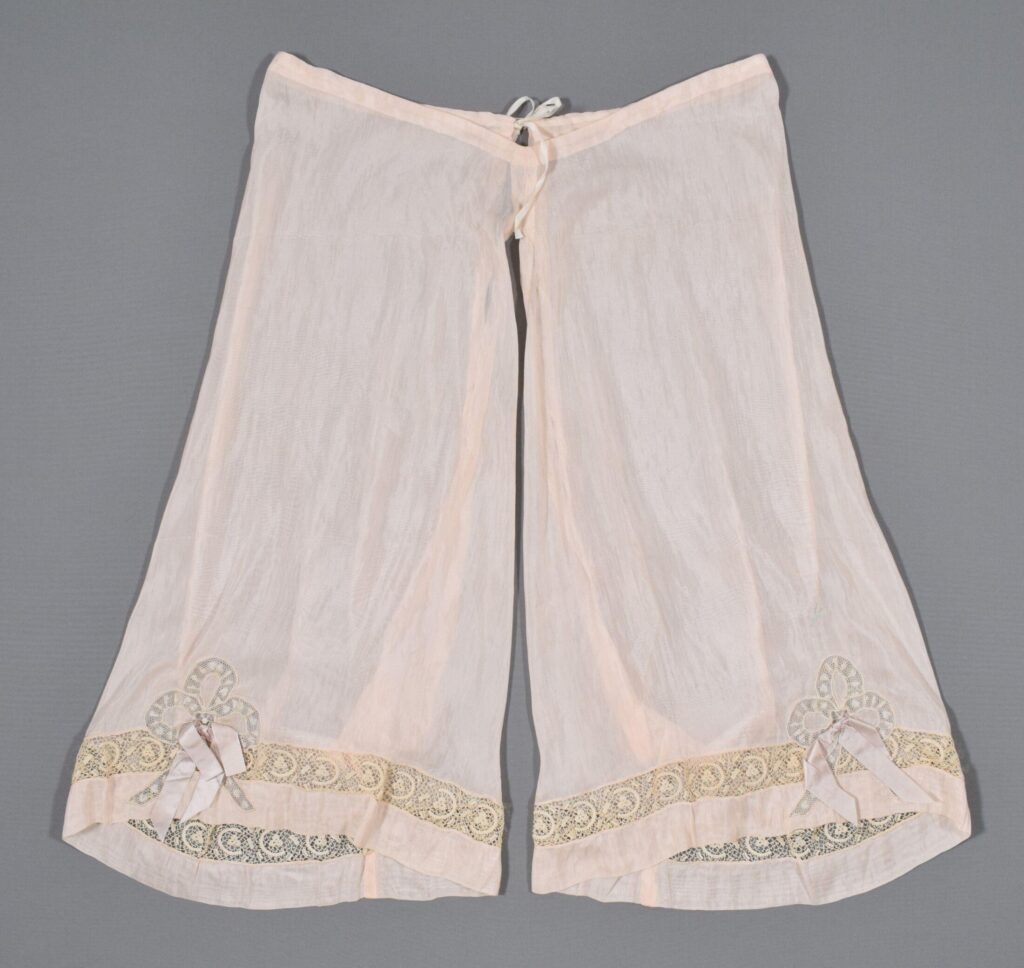
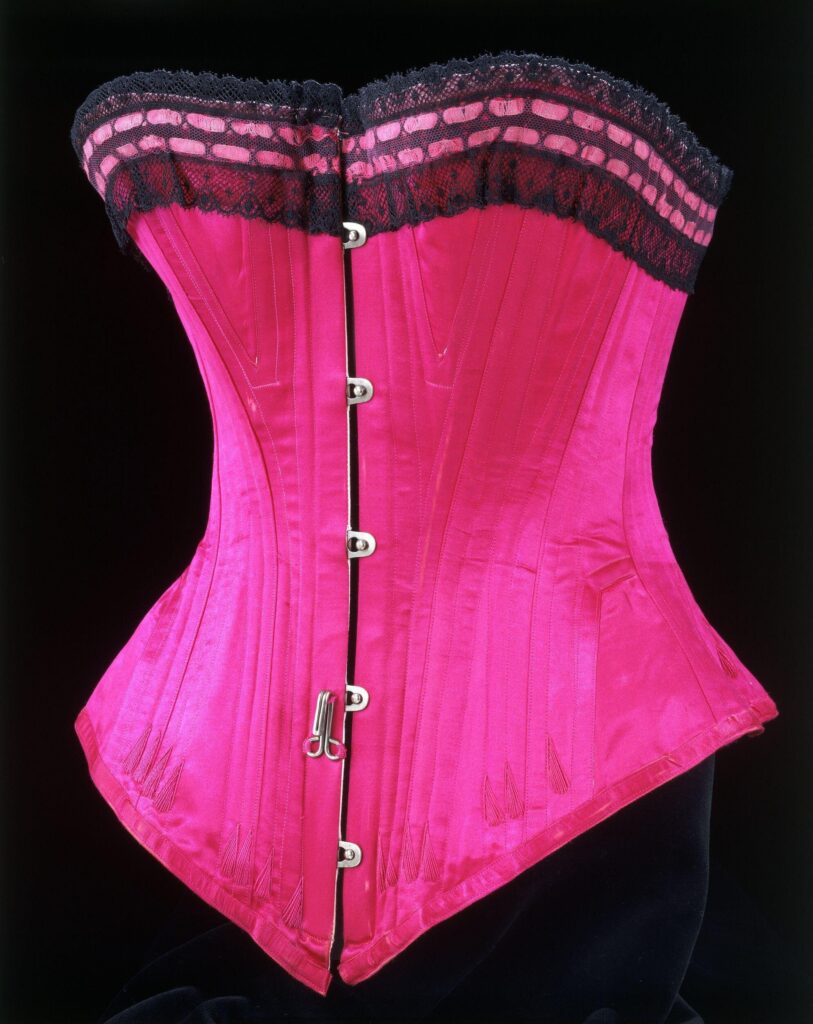
1890-1895, V&A Museum
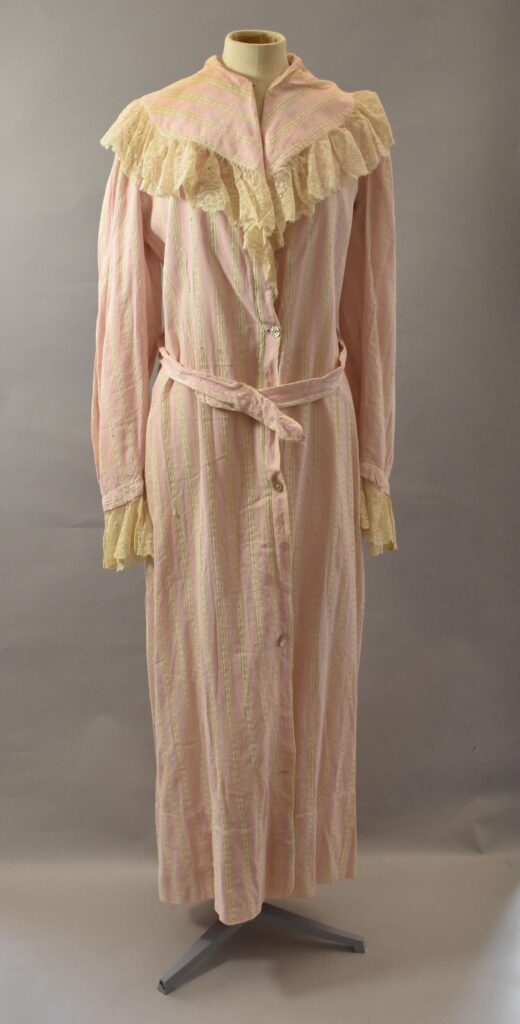
Pink as an accent
While pink may not have been considered an appropriate color for many women to wear for dresses, it was commonly referred to and seen as a great accent color. It was used widely for lace, ribbon, trim, and to adorn hats.
An 1877 edition of Godey’s Lady’s Book, for instance, makes several references to pink, but exclusively in regards to accents and accessories.
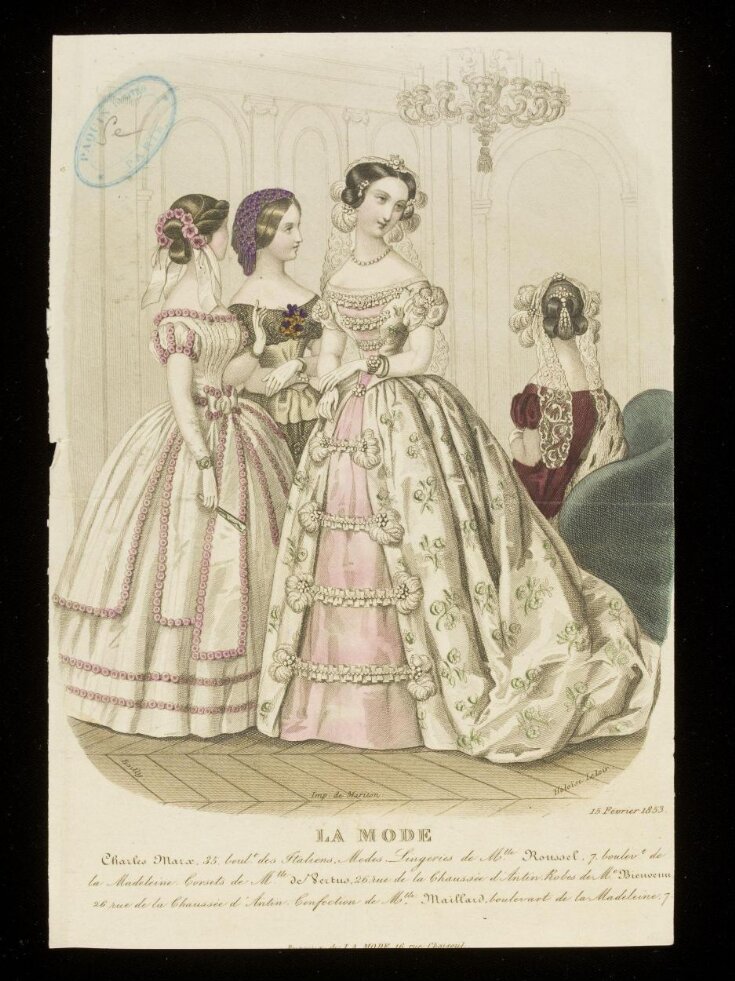
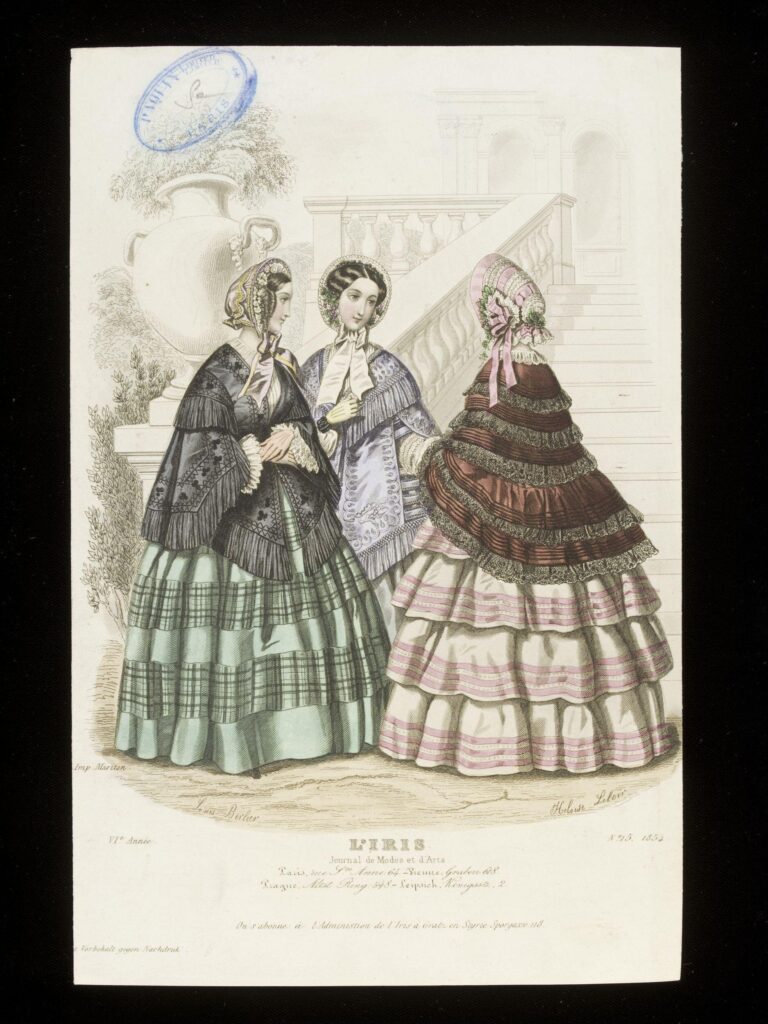
And one popular opinion stood out to me among the others and that is that pink was overwhelmingly beloved as a color to pair with green, especially when adorning a dress or hat with flowers. A charming reference to this ideal pairing, again from the same issue of Littell’s reads:
“The rose, the queen of flowers, has been instanced as a proof that green and pink are an agreeable combination.”
I have to say, I agree.
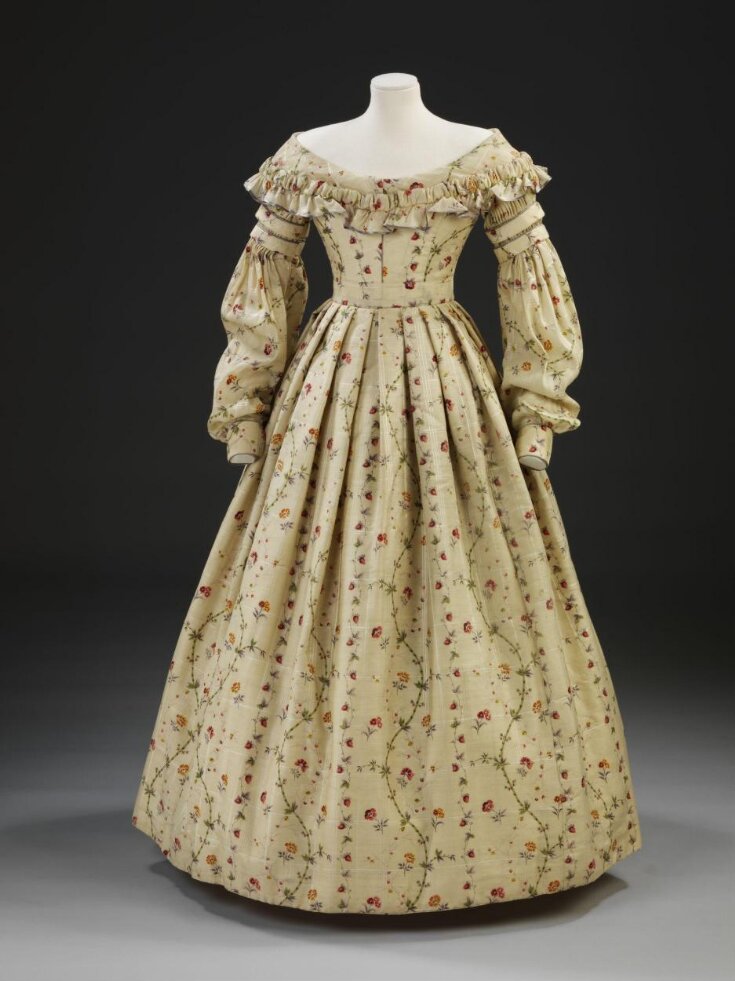
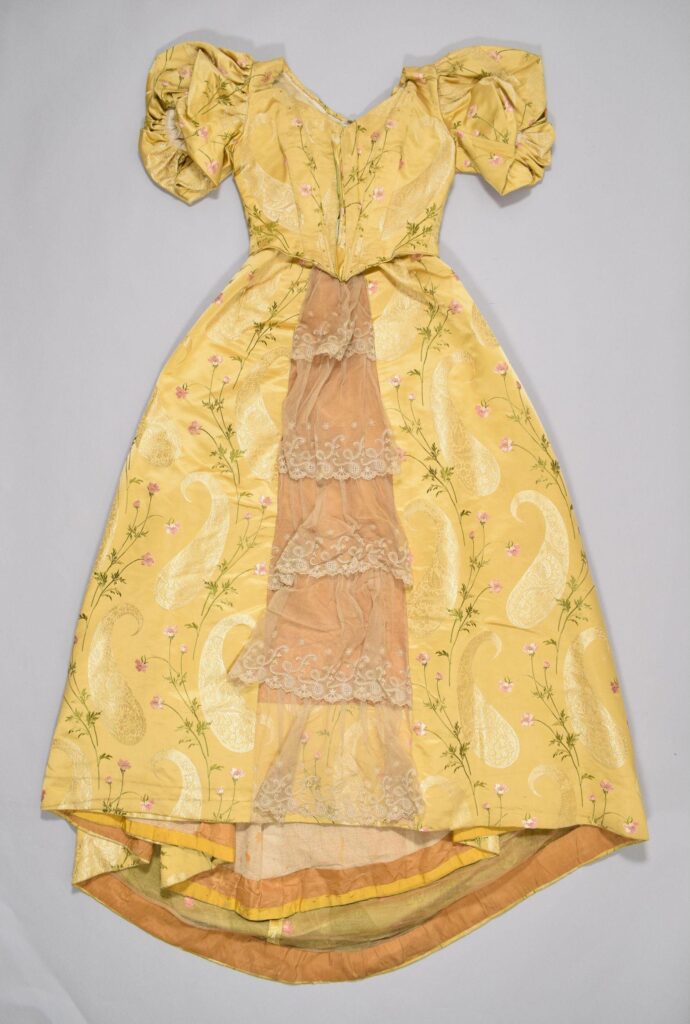
Perfect for accessories
Again, avoiding it as a color for one’s entire ensemble may have been the common standard during the Victorian era, but pink accessories abounded. It was popular for gloves, bonnets, shawls, parasols, and shoes for women of all ages.
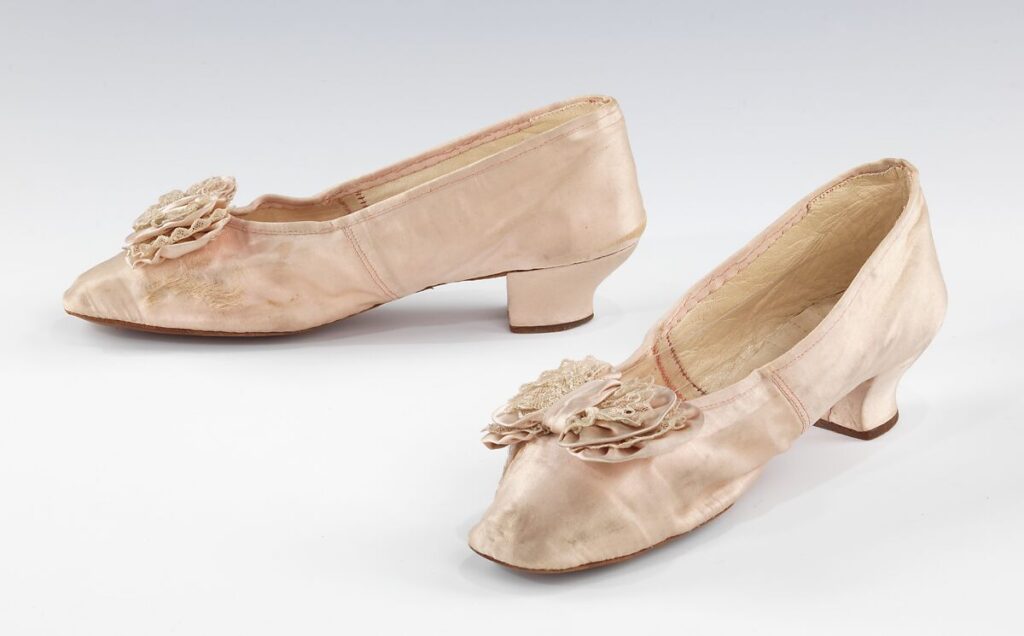
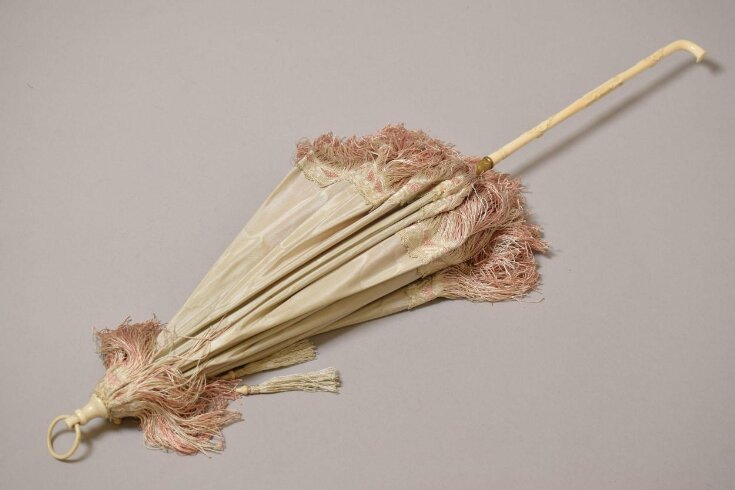
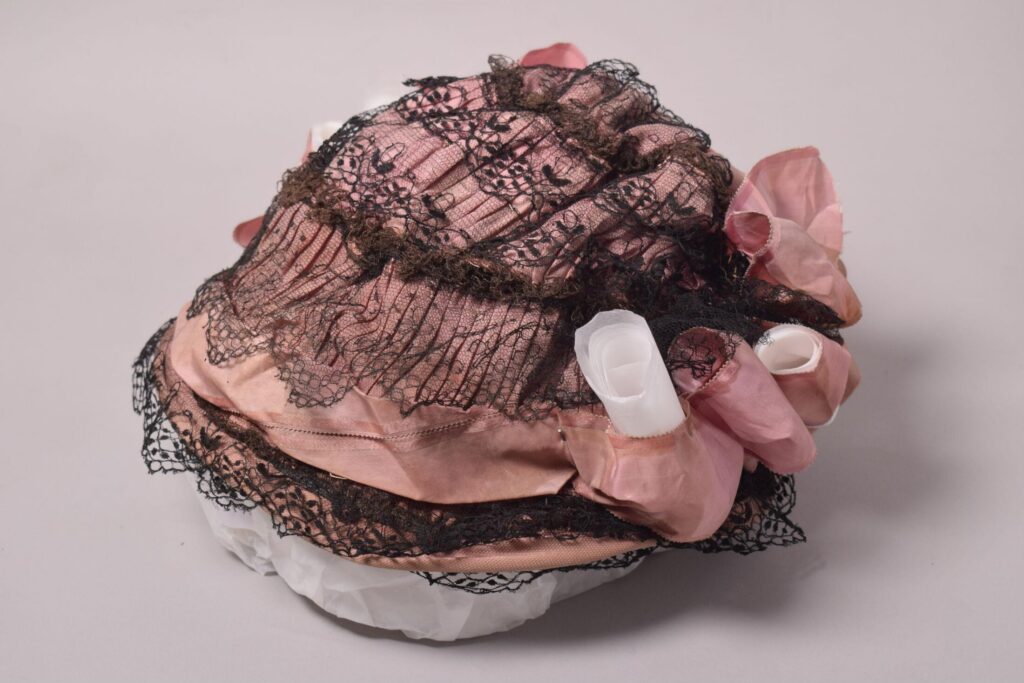
Coats and cloaks
Something that surprised me about pink in the Victorian era is that it was such a popular color for coats, cloaks, and capes. I think because it was seen as appropriate for only a small portion of women to use for dresses and gowns I assumed the same would carry for other large articles of clothing, but it seems to have been quite popular for outerwear.
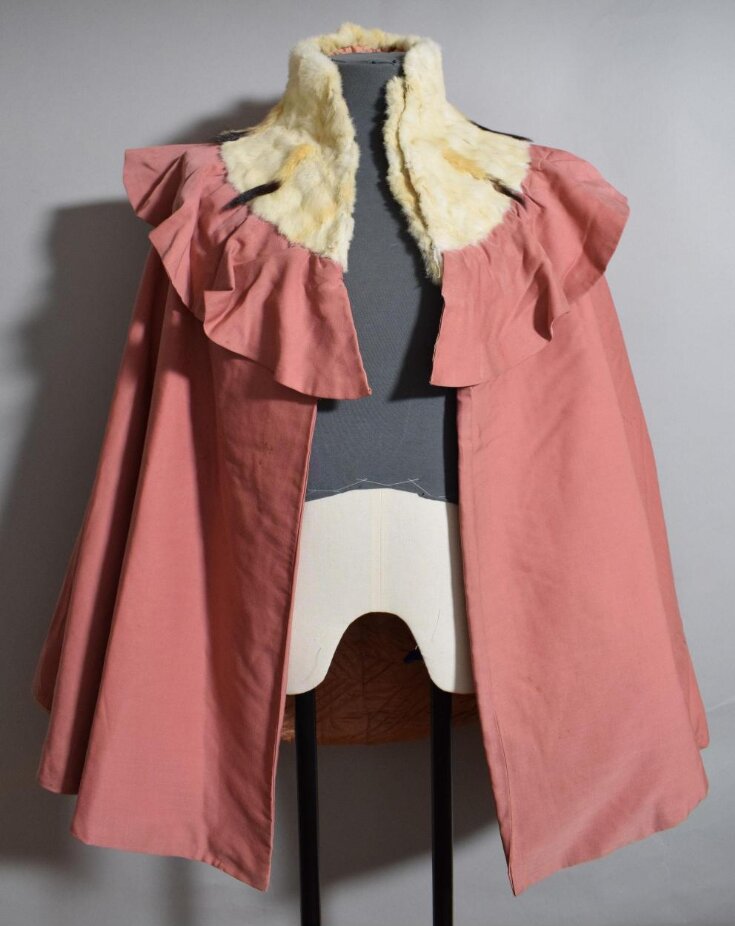
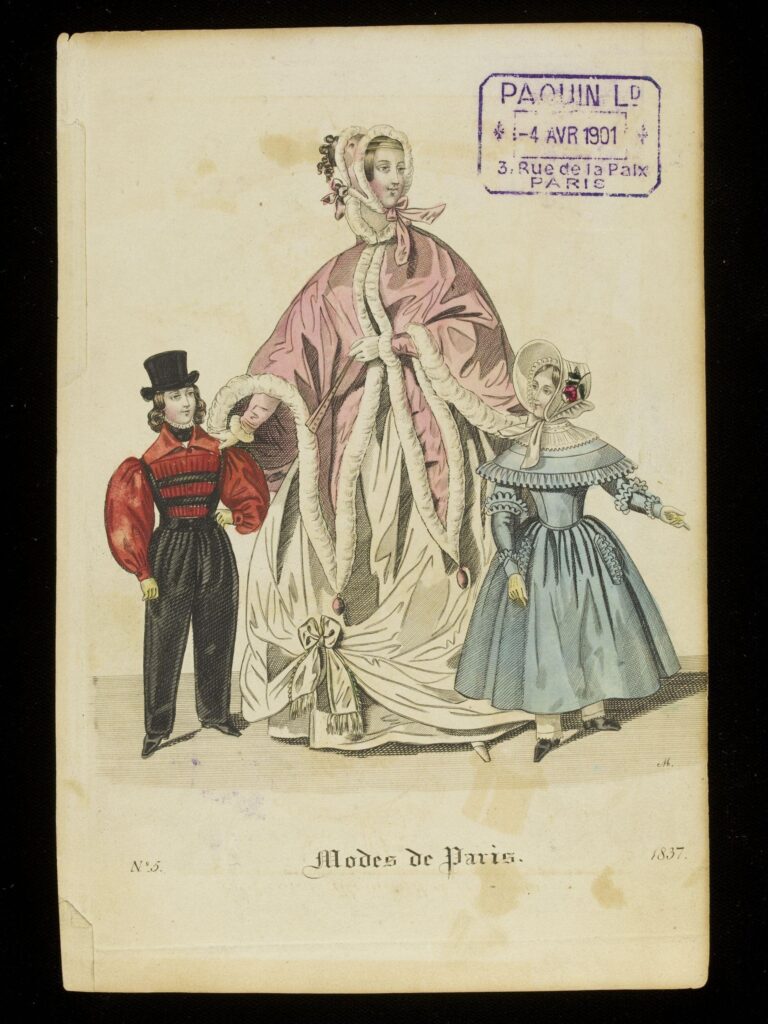
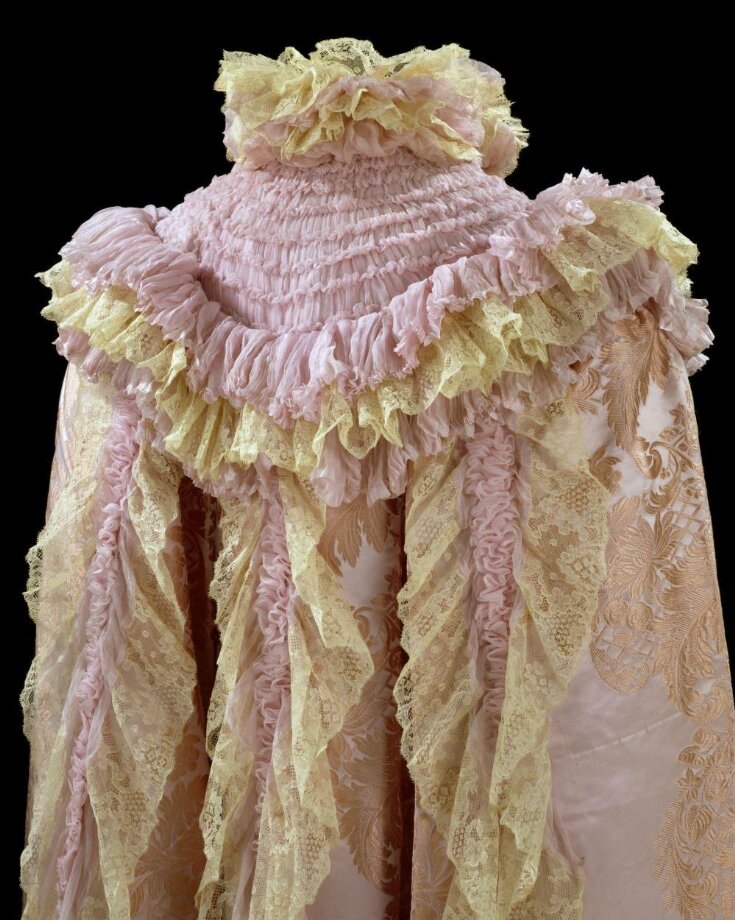
Do you like to wear pink? Or, what color would you like me to explore next? Let us know in the comments!

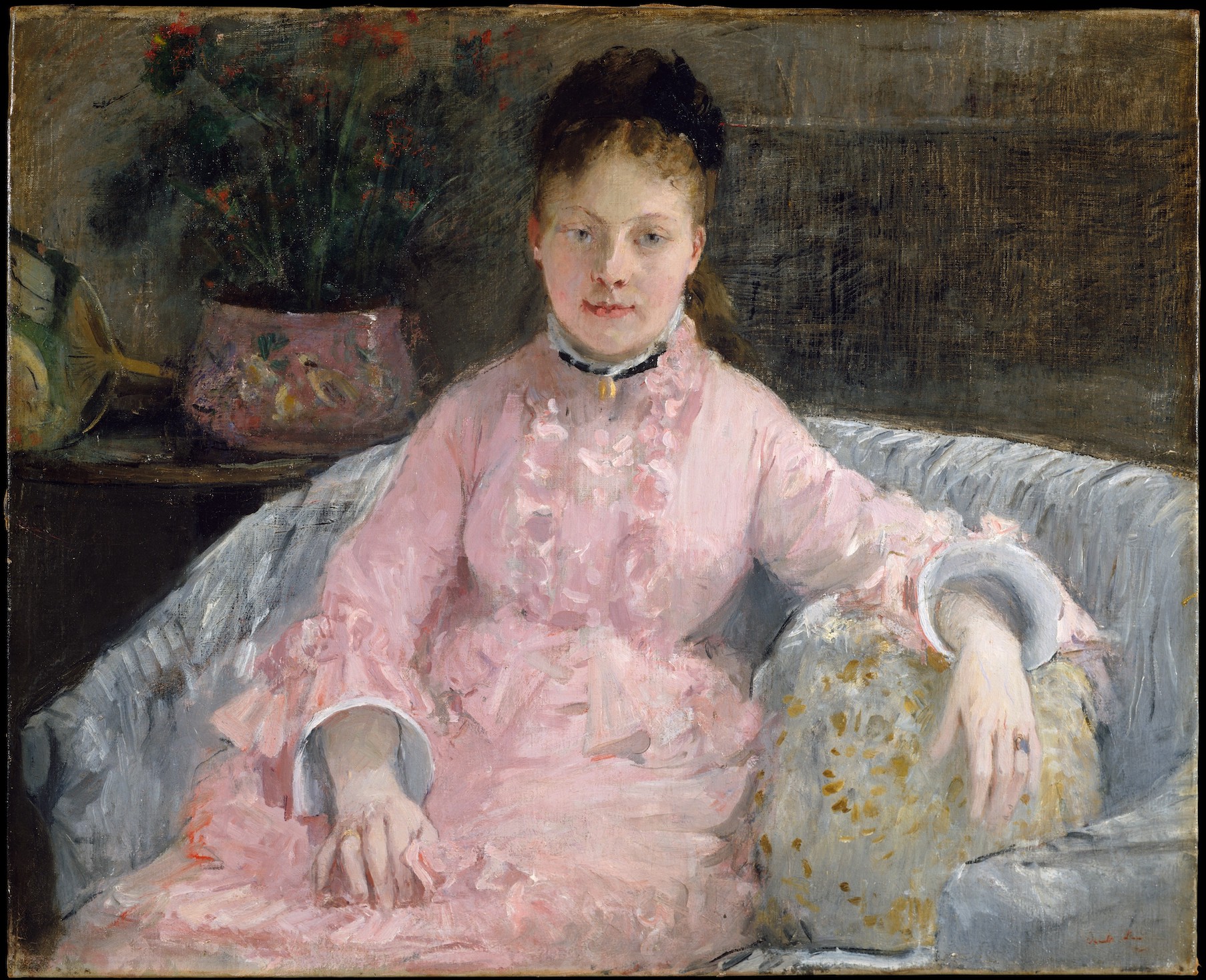

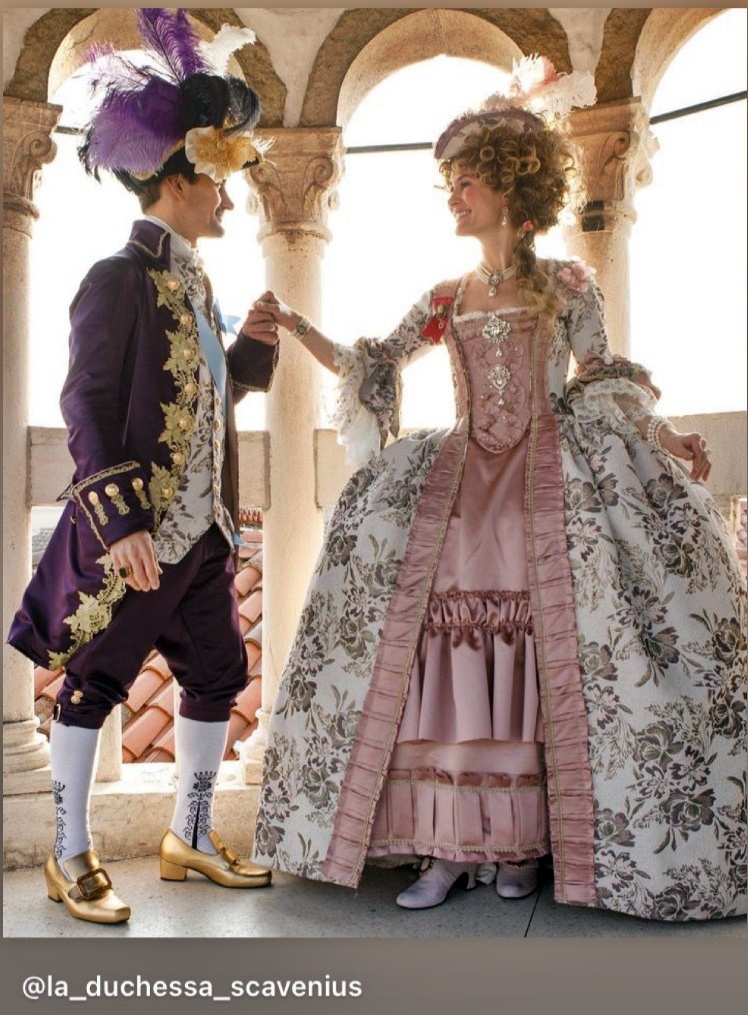
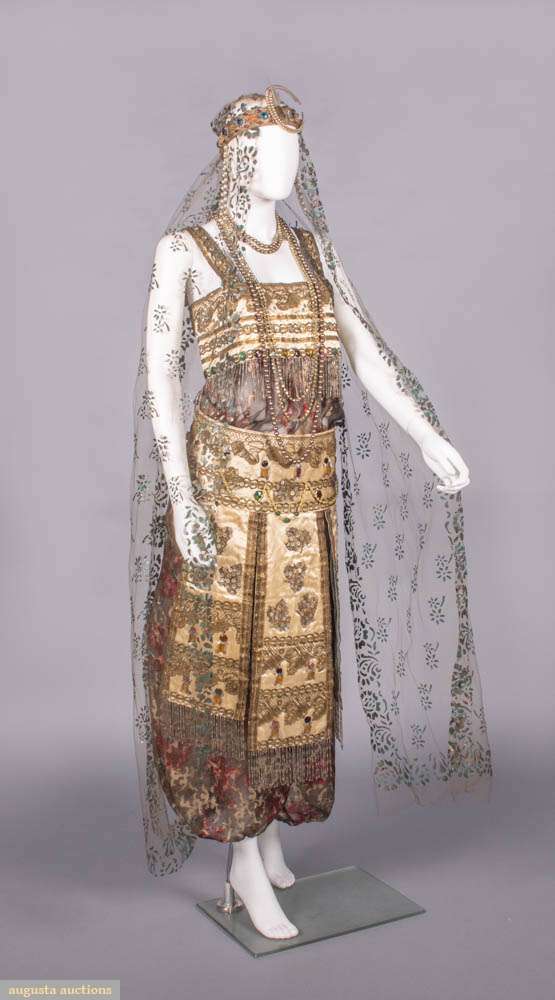









Please do purple/lavender!
I had to chuckle at this article…My sorority, founded in 1908, colors are pink and green. I am also single and “of a certain age”. I have several outfits that are pink and/or green. So, fashion wise, my closet is perfectly suited/ready for the Victorian Era!
This is fascinating. Plus, the mention of certain women not being able to wear it. I was looking for an afternoon type party dress in the 1890s era in the United States. Perhaps the New England, NY areas.
Lucy Snowe wears a dress of black lace over pink silk to the theatre in Villette and her male teacher friend thinks it’s rather frivolous.
Loved the blog on the color pink. Its not my color, but it’s fascinating to read about it. Could you cover my favorite color, green, next? As a redhead, I wear it more than any other color! Thanjs!
Great article. I had learned that pink was reserved for younger unmarried woman. As a woman aged when the children grew up. Pink was considered fashionable because it helped to produce a rose glow on otherwise aging skin. Oh my… a retirement color. Lol